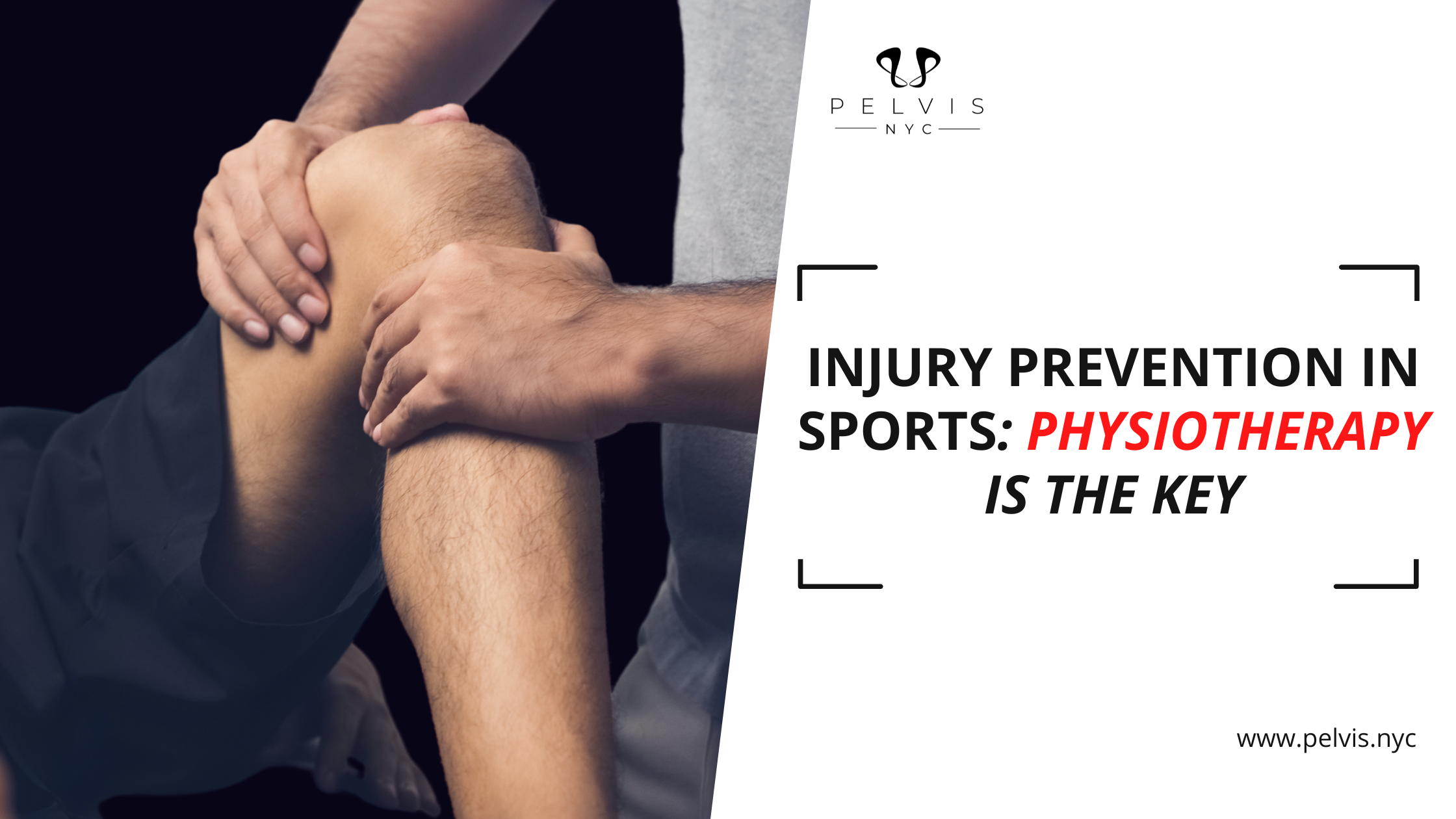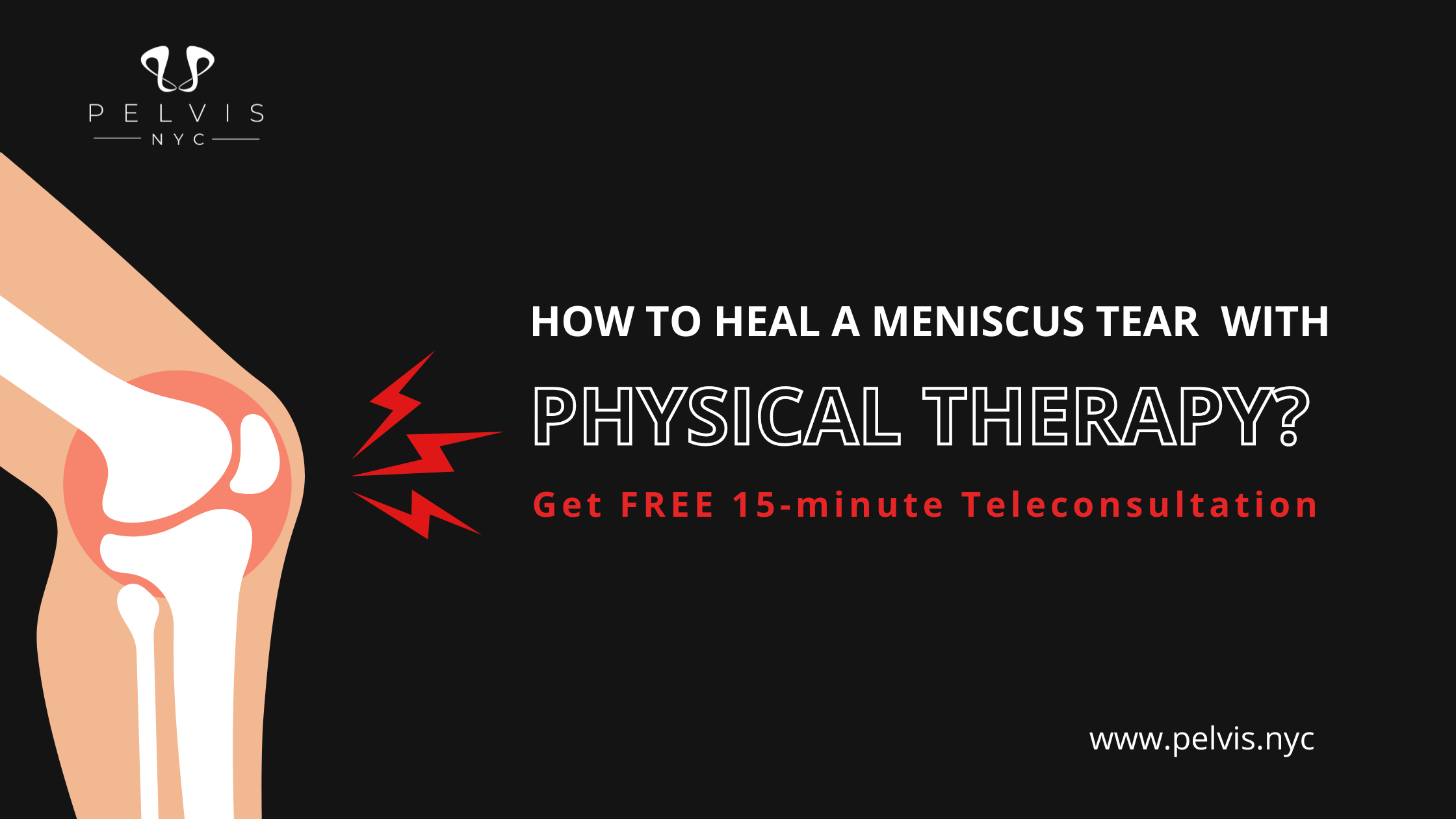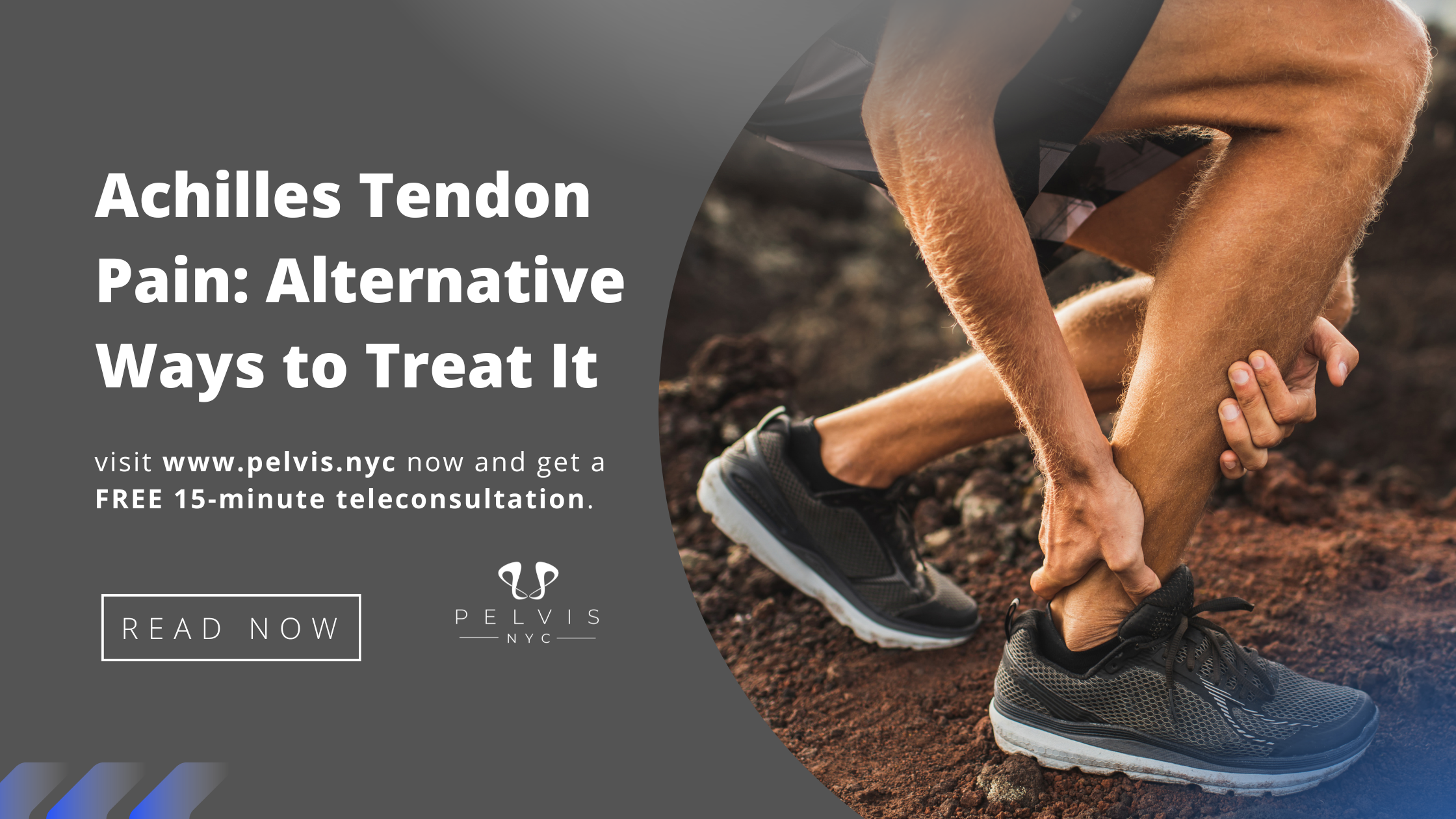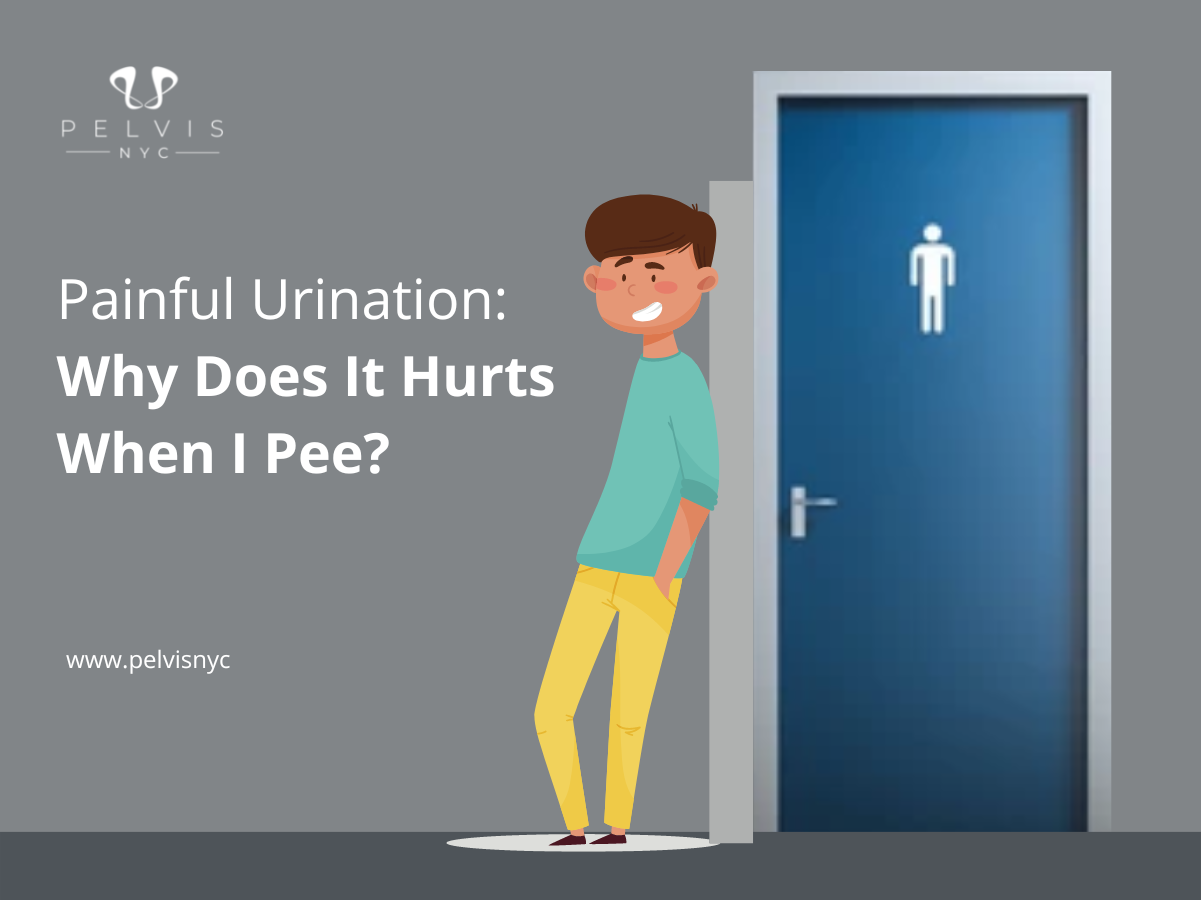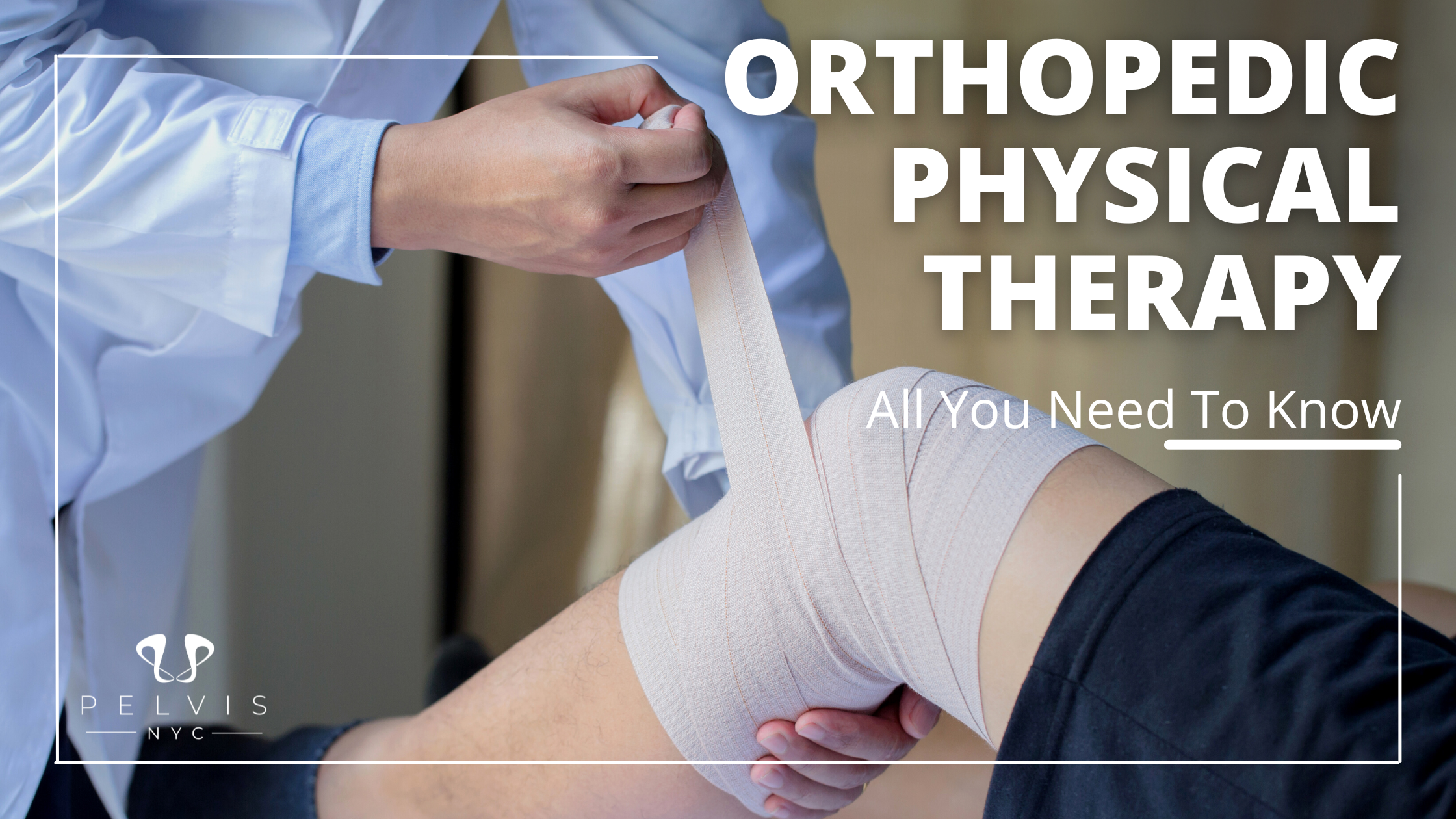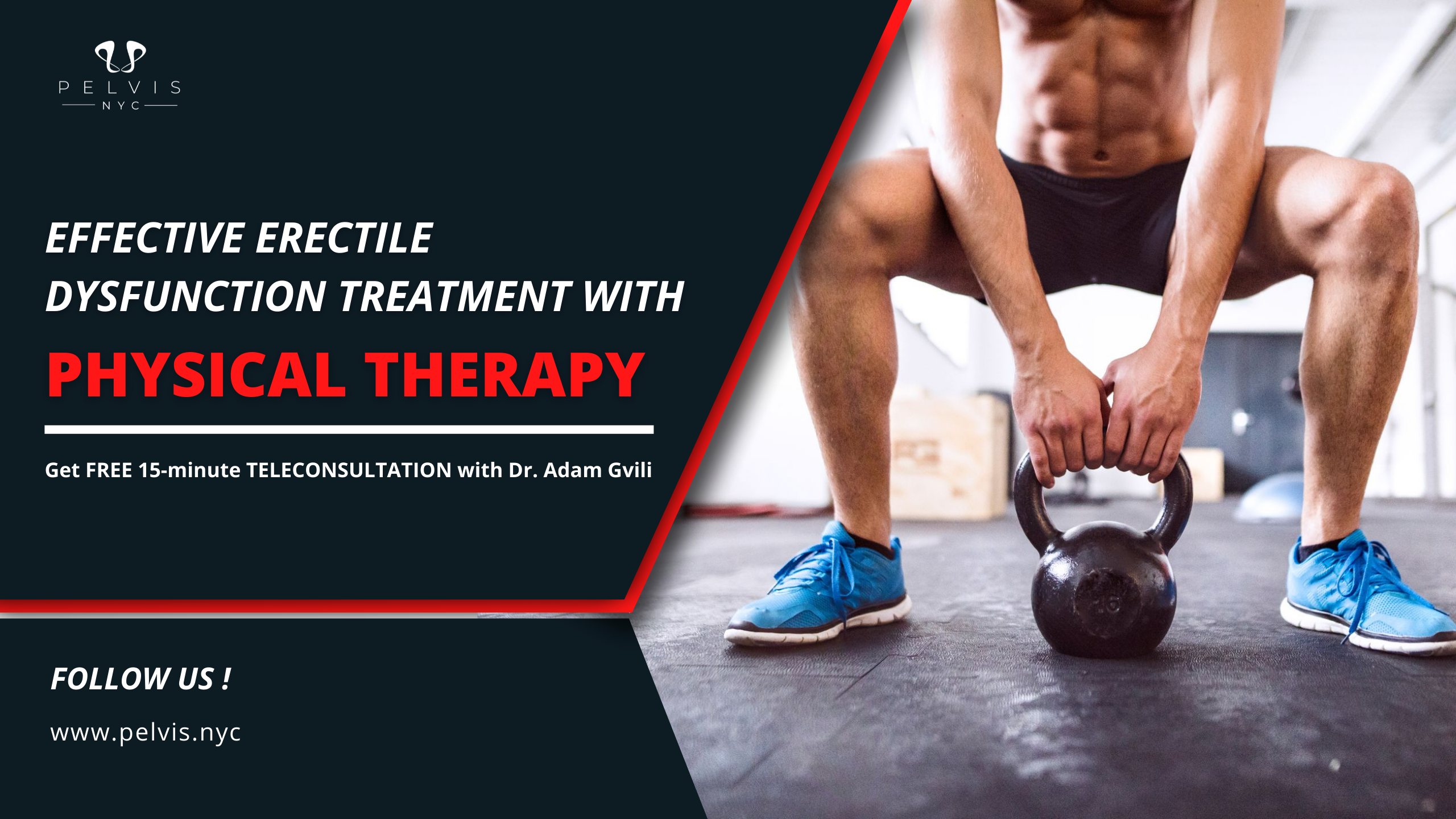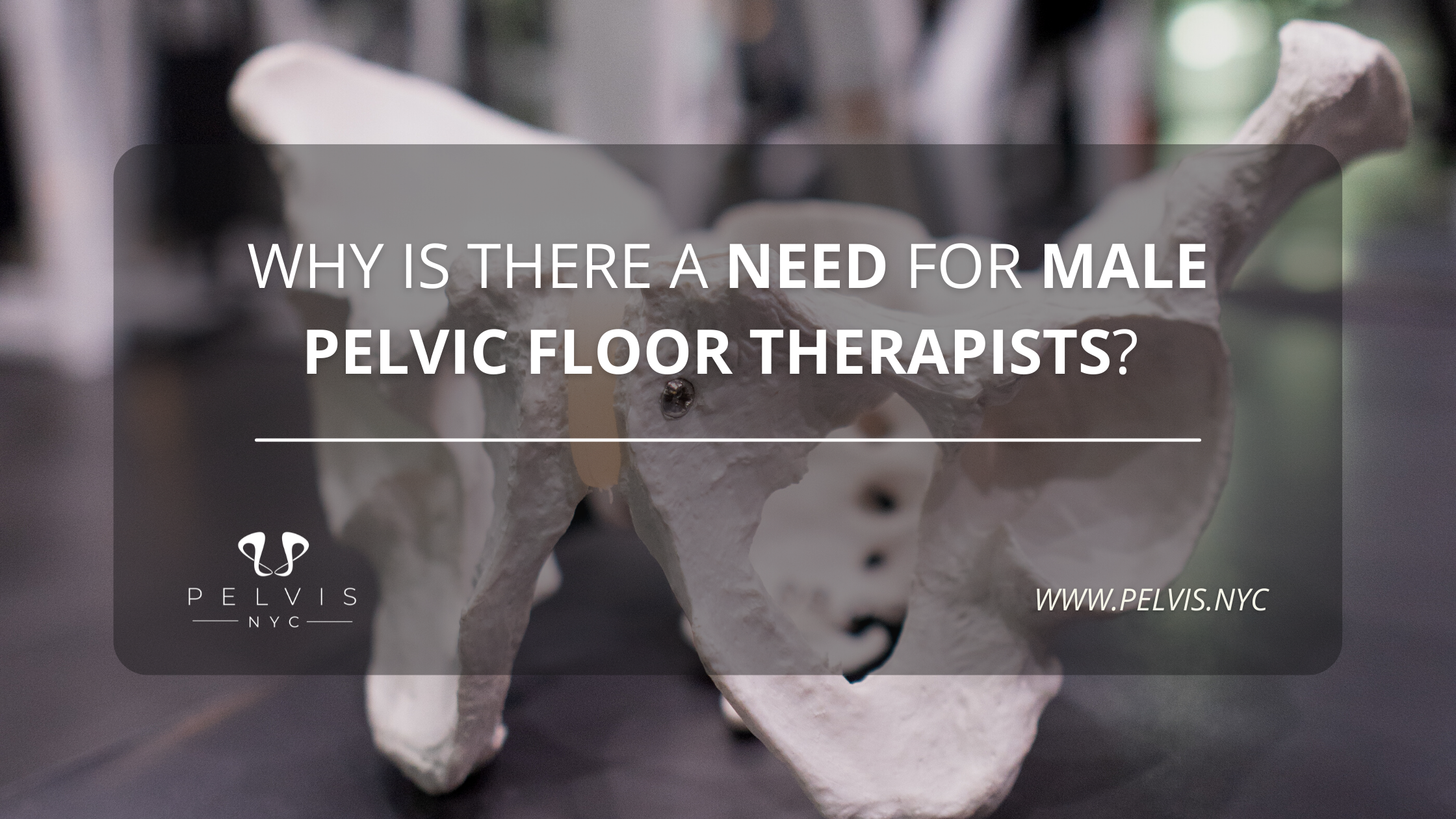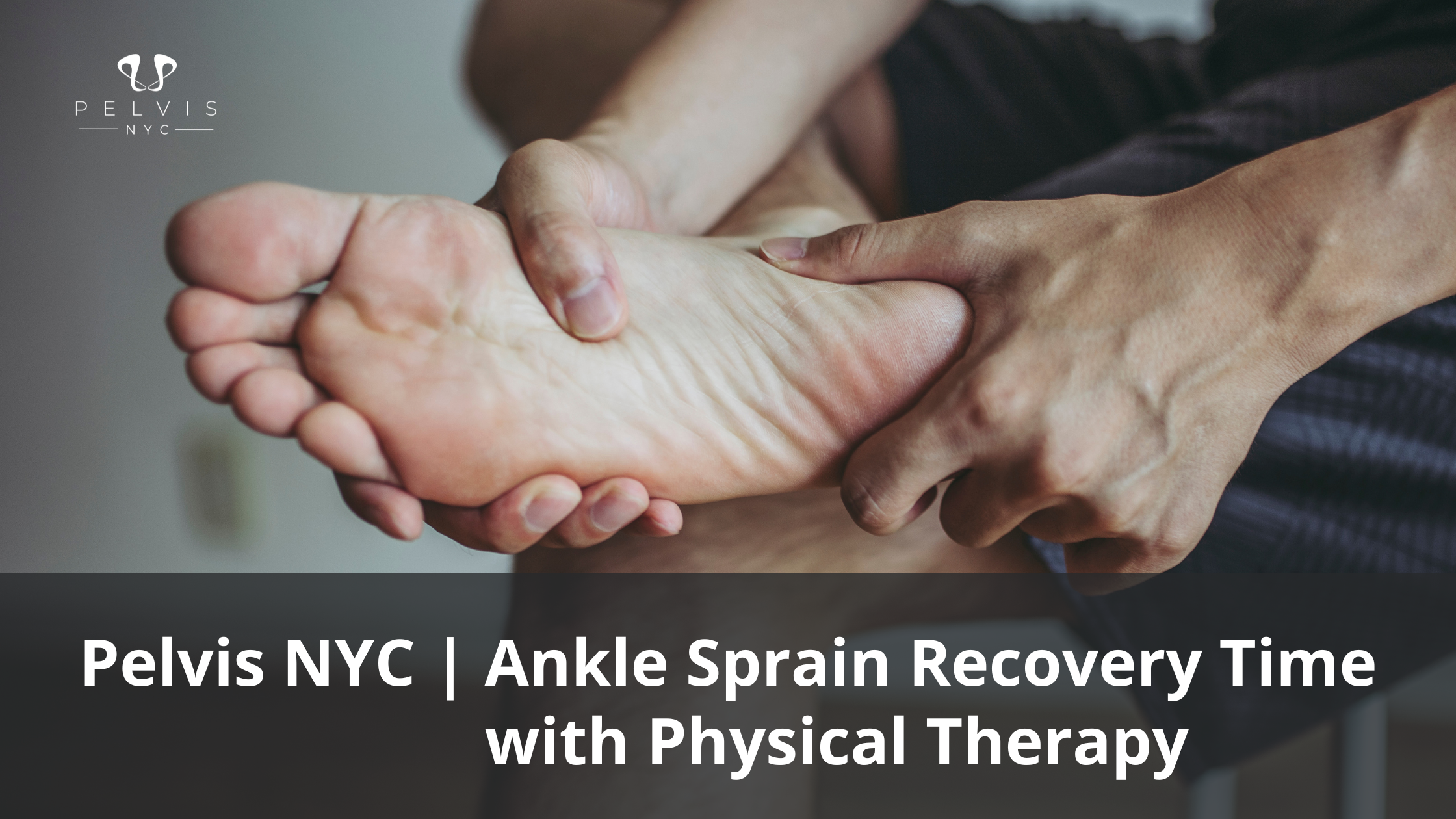A man came into the office one time with a rigid penis even without an erection. He wants to know what causes this and how to get rid of it. To formally address him, let’s call him John (not his real name to protect his identity). He was experiencing Hard Flaccid Syndrome, a rare condition that affects the muscles in the penis or scrotum, appearing flaccid (floppy or limp) despite being abnormally firm to the touch. He was searching for Hard Flaccid Syndrome Recovery Stories, but he didn’t find much.
Here’s what happened
John had always been confident in his sexual abilities. But one day, noticed something was off. His penis was flaccid, but it felt abnormally firm to the touch. He also had trouble getting an erection and maintaining it. There’s a sense of sponginess and rubbery in his penis. He was confused and didn’t know what was happening.
While he was finding answers online, he stumbled upon the blog How Do You Get Rid Of Hard Flaccid Syndrome? published by Doctor Adam Gvili. Upon reading, this gave him hope that there is treatment or that there is help just like this blog about hard flaccid syndrome recovery stories.
Here are the Symptoms
John decided to visit Adam, a doctor of Physical Therapy who also treats hard flaccid syndrome symptoms. Dr. Adam took the time to assess what he was feeling down there. Immediately after their conversation and initial assessment, he takes note of the following symptoms of John…
- Difficulty achieving and sometimes maintaining an erection
- The softness of the penis even when erect
- A time of losing sensation in the penis
- Pain and discomfort in the penis and pelvic area
- Spasms/cramps in the muscles of the penis and pelvic area
- Ejaculation problems
Because of the following reasons, Dr. Gvili explained to John that he might be experiencing a rare condition known as hard flaccid syndrome.
Possible Causes
Dr. Gvili went on to explain that the exact cause of the hard flaccid syndrome is not well understood, but it is thought to be related to nerve or muscle damage. Some of the possible causes he said are:
- Spinal cord injuries: Damage to the spinal cord can result in hard flaccid syndrome, as it can disrupt the normal functioning of the nerves that control the muscles of the penis and scrotum.
- Nerve damage: Nerve damage caused by diabetes or other diseases can also lead to hard flaccid syndrome.
- Medications: Certain medications, such as those used to treat hypertension and depression, may cause hard flaccid syndrome as a side effect.
- Idiopathic: In some cases, the cause of hard flaccid syndrome may be idiopathic, meaning, you can’t identify the underlying cause.
- Other possible causes include muscle or nerve damage due to surgery, radiation therapy, or trauma to the area.
Upon mentioning the above example, he told John that it is important to take note that hard flaccid is a rare condition. So, asking for a professional is a great move for him.
The Helping Hand
It was a relief for him to finally have an explanation for his symptoms, but John was also concerned about what this meant for his future. Dr. Gvili reassured him that while hard flaccid syndrome is a rare condition, it can be treated with the help of a physiotherapist.
Dr. Gvili explained that physiotherapy has numerous benefits for the hard flaccid syndrome. First, it can help improve muscle strength and flexibility. Second, it reduces pain in the penis and pelvis area. Lastly, it improves the overall quality of life.
Dr. Adam also created a treatment plan that involves exercises to strengthen the muscles of the penis and scrotum, as well as stretches to improve flexibility. Dr. Gvili also used manual therapy techniques for John to help improve muscle function and reduce pain.
John was optimistic about his treatment plan and was grateful for Dr. Gvili’s help. He knew that it would take time and dedication, but he was willing to do whatever it took to regain control of his life. With the help of Dr. Gvili, John was able to improve his symptoms and regain his confidence.
Ready to take the first step toward relief from Hard Flaccid Syndrome? Schedule a consultation with Dr. Adam Gvili today.
Related Blog: Hard Flaccid Doctor Around New York


